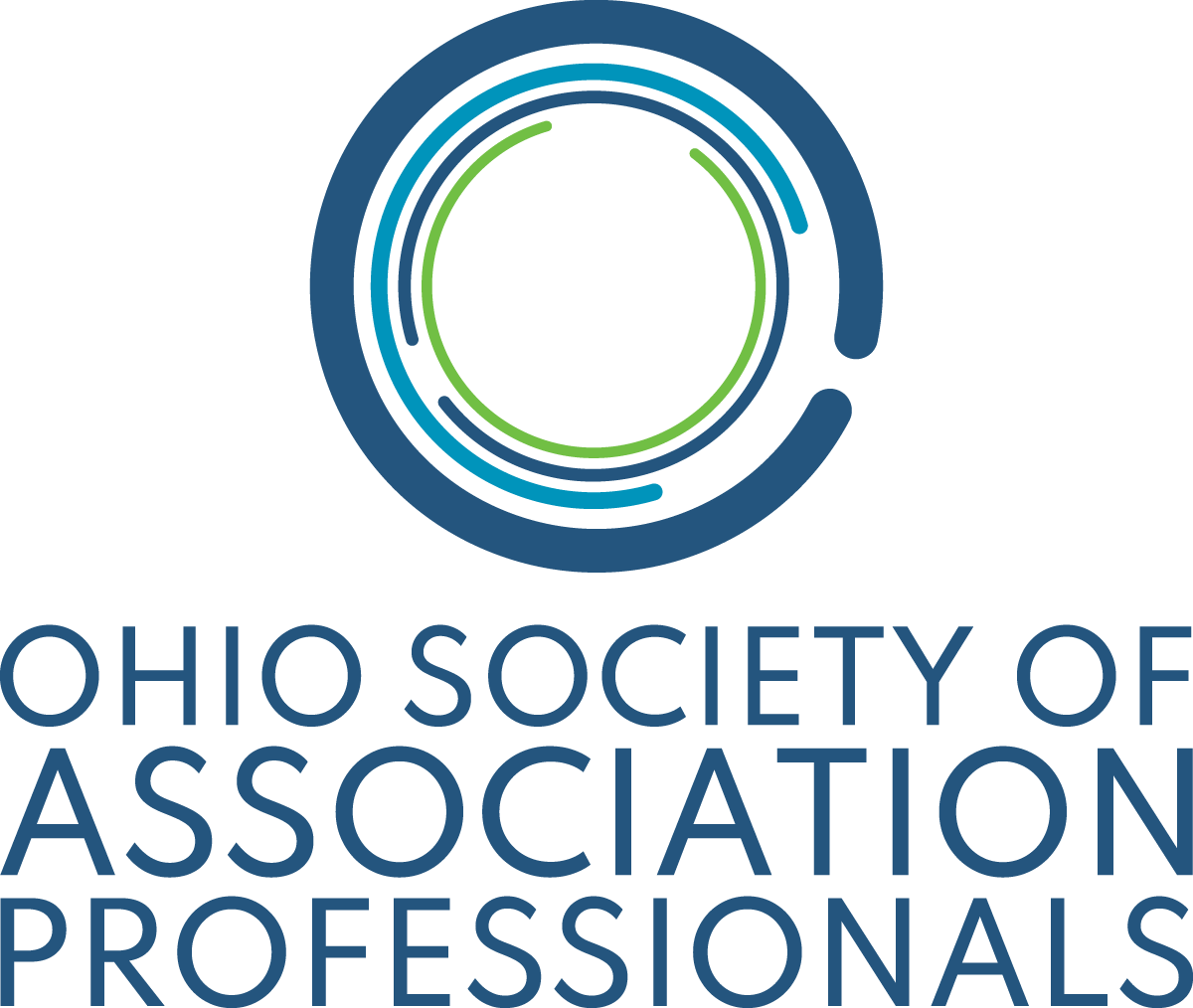Complete Story
01/30/2025
Mindful Leadership
Patience and going slow can be more effective than manic multi-tasking
There isn't an official name for it, but I've considered early November to be the beginning of hurry-up-and-relax season. Holidays are coming, and with them welcome breaks with friends and family. But because those holidays are coming, everybody is hustling to get everything done. All the things you promised your staff, your board, and yourself that you’d have done “by the end of the year?” Now’s the time for that final push.
Something I’ve been thinking about this go-around: Lean a little more into the “relax” part of the equation. I’m not alone in advocating for that: Many experts emphasize the importance of calm, mindful leadership, from the Dalai Lama on down. But if you’re not moved by “wellness” as a concept, it’s worth noting that there’s a business case for being a less-stressed leader. A recent article in Fast Company points to a Stanford University study that found that overwork doesn’t move the needle: “Productivity declines when people work more than 50 hours a week. Even worse, working 70 hours or more a week causes the person to get the same amount of work done as people who work 55 hours.”
The article proposes instead that leaders become aware about both their time management skills and their inner stress. Meditation, breaks and other forms of relaxation aren’t means of disengagement. Rather, author Michelle Gibbings writes, “mindfulness practices improve your ability to understand yourself, others, and the situation. Over time, they elevate your ability to maintain perspective amid uncertainty, ambiguity and complexity and better decide the way forward.”
Please select this link to read the complete article from Associations Now.






